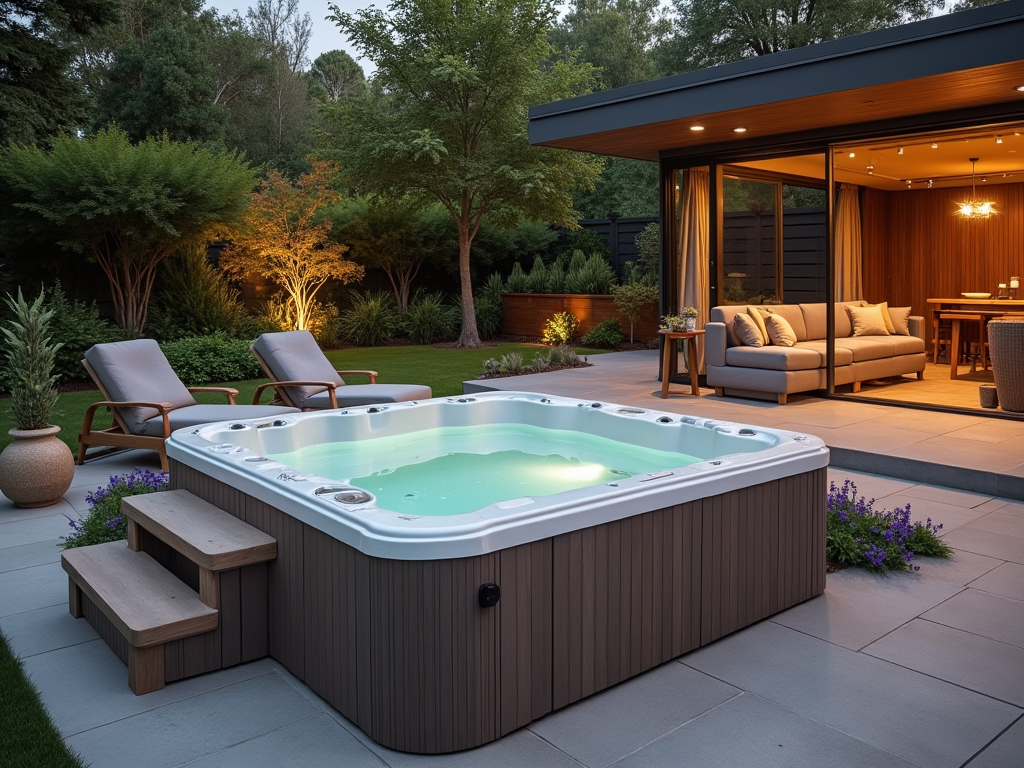Quick facts
Can't find the answer you're looking for? Please get in touch with our friendly team.
How long do hot tubs last?
Hot tubs typically last between 5 to 20 years, depending on the quality of materials, maintenance, and usage. Regular care, such as cleaning and proper water treatment, can extend their lifespan significantly.
Do hot tubs use a lot of electricity?
Yes, hot tubs can use a significant amount of electricity, typically between 1,500 to 6,000 watts, depending on the model and usage. Heating the water and maintaining temperature are the main contributors to energy consumption, so it's important to consider energy efficiency when choosing one.
Are hot tubs costly to run?
Yes, hot tubs can be costly to run. Monthly energy costs typically range from $20 to $50, depending on the model, usage, and local energy rates. Additionally, maintenance, water, and chemical costs can add to the overall expense.
What is the difference between a hottub and a jacuzzi?
A hot tub is a general term for any large tub filled with heated water, while Jacuzzi is a brand name known for its specific designs and features. All Jacuzzis are hot tubs, but not all hot tubs are Jacuzzis.
What is the downside of owning a hot tub?
The downsides of owning a hot tub include high maintenance costs, increased utility bills, and the need for regular cleaning and chemical balancing. Additionally, hot tubs can take up significant space and may require a dedicated electrical supply, which can add to installation expenses.
What is the monthly cost of owning a hot tub?
The monthly cost of owning a hot tub typically ranges from $30 to $70. This includes electricity, water, maintenance, and chemicals. Additional costs may arise from repairs or upgrades, so budgeting for these expenses is also advisable.
Category Overview
Introduction
Hot tubs serve as a luxurious addition to any home, transforming outdoor spaces into personal retreats. They provide a sanctuary for relaxation and social interaction, enhancing the everyday experience by promoting well-being and leisure. Whether you're unwinding after a long day or entertaining friends, hot tubs elevate comfort levels while adding an element of elegance to your backyard or patio area.
Functionality
The primary function of hot tubs is to provide hydrotherapy through warm water immersion, which can alleviate stress and muscle tension. Typically found outdoors, these versatile fixtures can also be integrated into indoor spaces with appropriate ventilation. Many models include features like jets for massage, adjustable temperature settings, and LED lighting that can enhance the ambiance. Some hot tubs even offer Bluetooth connectivity for music or smart controls for easier operation.
Design & Style
Hot tubs are available in various styles and materials to suit differing aesthetics. Commonly constructed from durable materials such as acrylic, wood composites, or fiberglass, they come in designs ranging from contemporary minimalist to rustic cabin-inspired looks. You might choose a sleek square shape for a modern vibe or opt for a round tub that evokes natural elements. Personalization options abound; you can select wood finishes that complement your deck or choose colors that align with your outdoor decor theme—be it bohemian chic or streamlined elegance.
Practical Considerations
When selecting the right hot tub, consider factors like size (to fit your space comfortably), material durability (for longevity against weather conditions), and intended use (relaxation vs. entertainment). Avoid common pitfalls such as neglecting maintenance requirements or opting for a design that clashes with existing outdoor decor. For maximum functionality, assess how often you’ll use it and whether you want extra features like built-in seating or aromatherapy options.
Comparison and Alternatives
Different materials have distinct advantages: wooden hot tubs create a natural look but require more upkeep than their acrylic counterparts. Round vs. rectangular designs also play a role in aesthetics—round offers intimacy while rectangular provides more seating capacity for gatherings. When choosing your design, think about how it meshes with your overall outdoor theme; rustic farmhouse styles generally pair better with natural woods than modern metal finishes.
Trends and Popular Items
Current trends feature eco-friendly models with energy-efficient heating systems alongside stylish designs emphasizing sleek lines and ambient lighting. The popularity of personalized options—like custom jets or integrated sound systems—continues to rise among discerning buyers seeking unique touches in their backyard escapes. Discovering the perfect hot tub can significantly enhance your outdoor living area while providing an ongoing source of relaxation and entertainment throughout the seasons!


